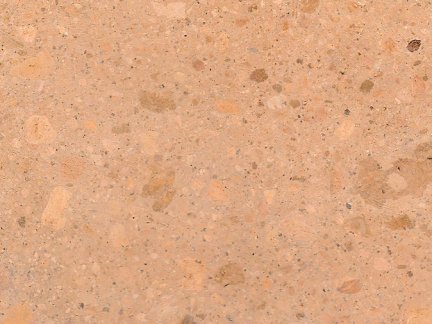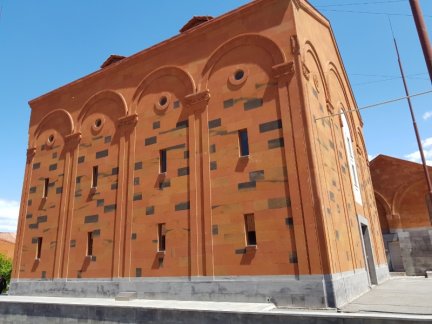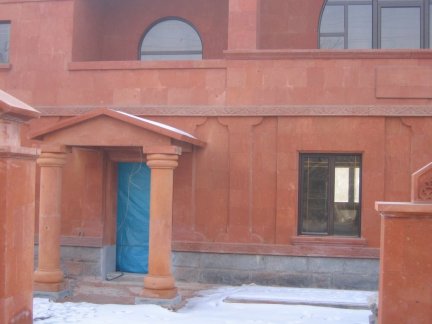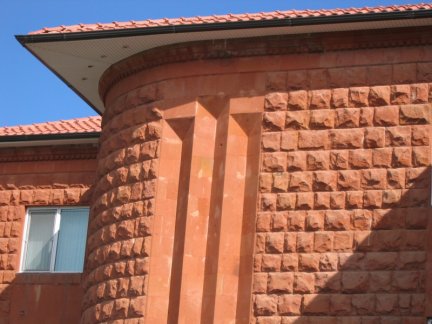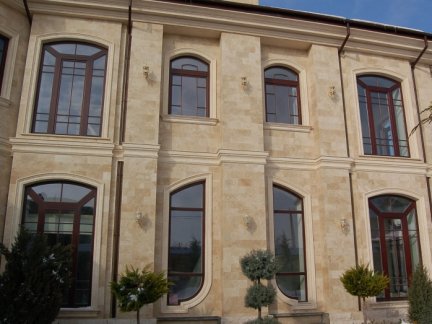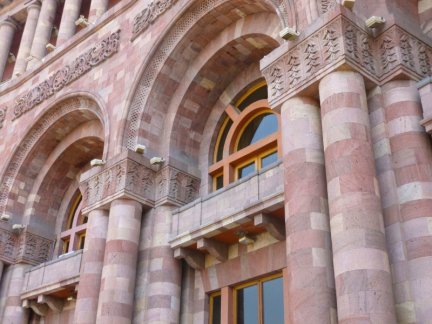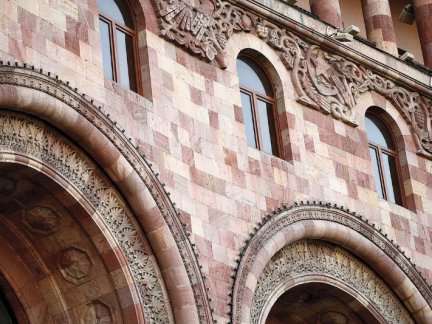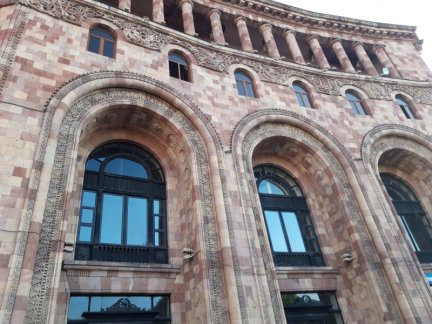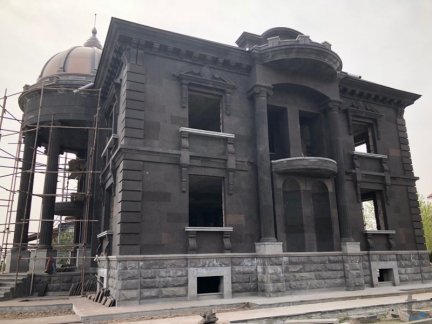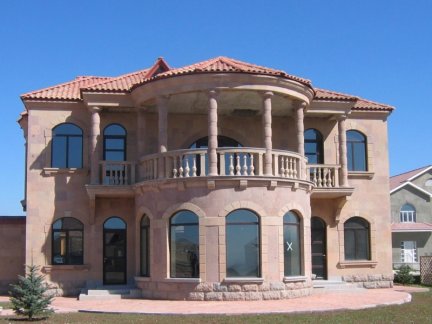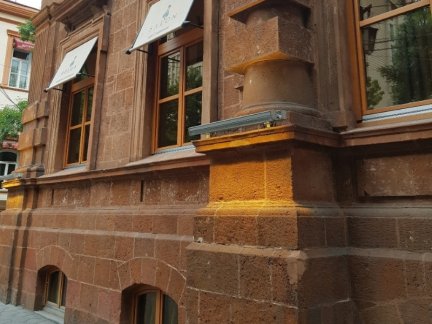Peach tuff
Stone: Tuff
Color: Peach
Country of origin: Armenia
Radioactivity class: 1 class
Color: Peach
Country of origin: Armenia
Radioactivity class: 1 class
TILE COST
| Dimensions, mm | Surface | Cost, $/м2 |
| 20*300*600 | - | starting from $39 |
| 20*400*800 | - | - |
| 20*600*1200 | - | - |
SLAB COST
| Dimensions, mm | Surface | Cost, $/м2 |
| 20*300*600 | - | - |
| 20*400*800 | - | - |
| 20*600*1200 | - | - |
Examples of using
Description
Volcanic tuff (from Italian tufo) is a sedimentary rock made of volcanic ash, volcanic bombs and other debris thrown out during a volcanic eruption and compacted. It often contains an admixture of non-volcanic rocks.The formation of volcanic tuff is associated with the fallout of debris during the eruption, sometimes with their transfer by water currents. By composition, liparite, dacite, andesite, and basalt tuffs are distinguished.
According to the density of the tracks, there are dense and pozzolans (loose). By the nature of the fragments, varieties are distinguished: vitroclastic - from fragments of volcanic glass, crystalloclastic - from individual metals, lithoclastic - from fragments of rocks, as well as mixed composition.
Together with volcanic breccias and intermediate rock types, tuff makes up a large group of pyroclastic rocks.
Depending on the conditions of formation, volcanic tuffs can have completely different qualitative characteristics. The best indicators are exhibited by caked volcanic tuffs formed from deposits of hot and gas-saturated fine-grained (pyroclastic) material. In these tuffs, the heat-softened particles were sintered (or “welded”), creating tough and resistant rocks.
It is used as a building material, primarily as a finishing material.
PHYSIOCHEMICAL PROPERTIES
| Volume weight: | 1370-2050 kg / m3 |
| Compressive strength: | 13.3 to 56.4 MPa |
| Flexural strength: | 21.3 to 46.6 |
| Moisture absorption: | up to 23.3% |
| Frost resistance: | at least 50 cycles |
